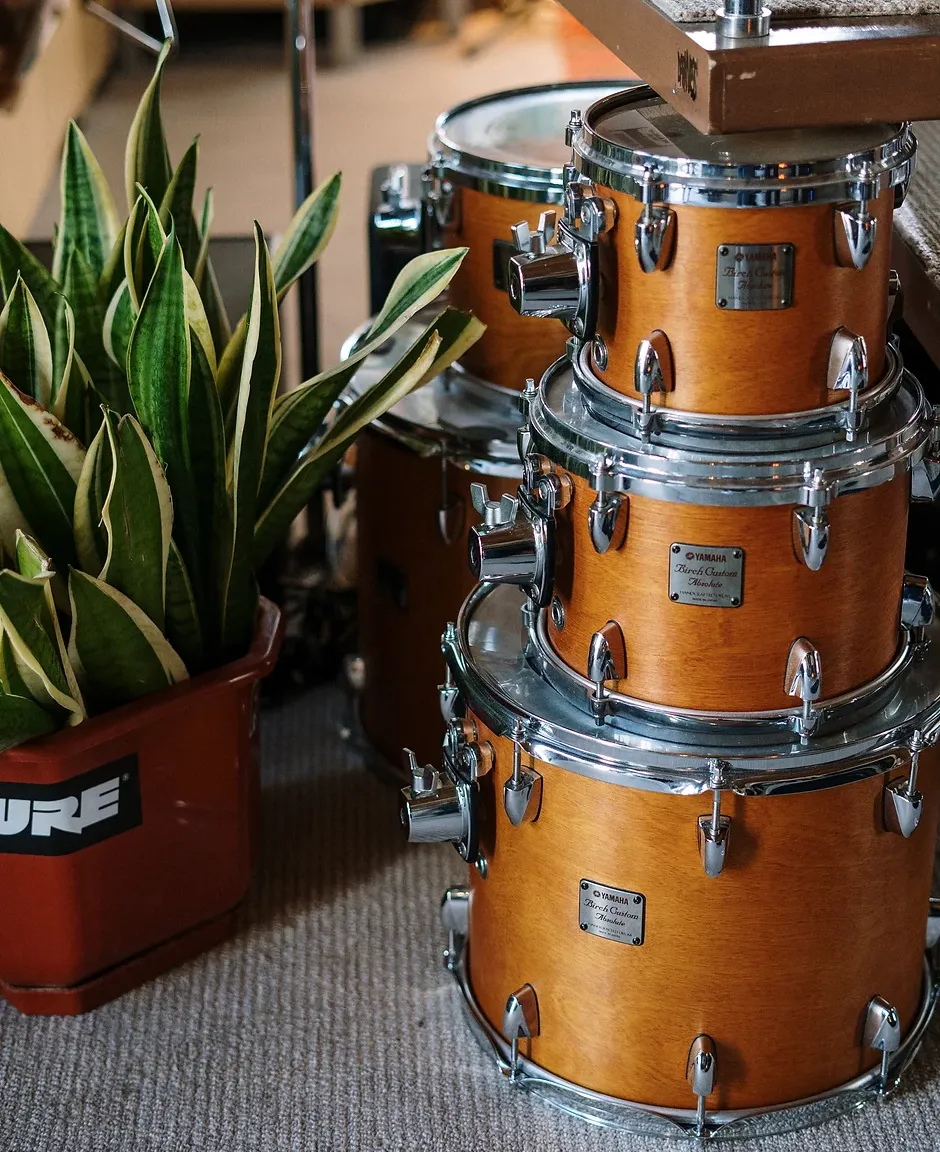
The History of Percussion
Percussion instruments have a long and fascinating history, dating back thousands of years and playing a vital role in a wide range of cultures and musical traditions. Percussion instruments are some of the oldest musical instruments in the world, with evidence of drum-like instruments dating back to ancient civilizations like Egypt, China, and India. These early drums were made from natural materials like animal skins and hollowed-out logs, and were used for a variety of purposes, including religious rituals, ceremonies, and military signaling.
In many cultures, percussion played a central role in music, serving as the rhythmic foundation for songs and dances. In Africa, for example, traditional percussion instruments like the djembe and conga are an integral part of the musical landscape and are used in a wide range of music styles, from traditional folk music to modern pop and rock.
As music evolved and spread around the world, percussion instruments also evolved and diversified. In the Western classical tradition, percussion instruments like the timpani and snare drum became an important part of the orchestra, while in popular music, percussion instruments like the drum set and Latin percussion instruments like the bongos and congas became an integral part of many musical styles.
Today, percussion instruments continue to be an important part of music around the world, with a wide range of instruments and styles to choose from. From traditional drums and percussion instruments to modern electronic drum machines and synthesizers, percussion has a rich and diverse history that continues to influence music in countless ways. So, the history of percussion is very rich and diverse.
Timeline of the evolution of percussion
- Prehistoric times – It is believed that drums made from natural objects was first musical instrument that was used by modern mankind.
- 5500 BC – First recorded appearance of drums made from alligator skins. They were originally made in Neolithic cultures from China, but that knowledge reached entire Asia in the next few millennia.
- 3000 BC – Bronze Dong Son drums were made in northern Vietnam.
- 1000- 500 BC – Sri Lanka and African people used drums as a means of communication over large distances.
- 500 BC – Tako drums arrived in China from Japan.
- 200-150 BC – African drums were widespread in Greece and Rome.
- 1200 AD – Opening of the Mediterranean trading routes by the Crusades brought incredible wealth to Genoa and Venice, enabling spreading of Middle Eastern, African, Indian and Asian influences over Europe. Among those new influences was also use of drums.
- 1450 – Large expansion of various percussion instruments. These medieval prototypes become basis of modern percussions.
- 1500 – African drums arrive in Americas via slave trade.
- 1600 – Most popular percussion instruments in Renaissance – timbrels, tabors, long drums, snare, monk bells and jingle bells. European military adopted drums for easier communication between commanders and troops.
- 1650 – Creation of the first version of snare drum.
- 1800 – Popularization of bongos in Cuban folklore music.
- 1820 – Most popular percussion instruments of the Classical period of music – kettle drum, snare, gong, vibraphone, whip, triangle, marimba and tambourine. Drums were used in orchestras, with professional musicians and composers preforming complicated musical pieces.
- 1890 – First appearance of drums that were hit by foot pedals and drum set.
- 1904-1909 – First Patent for foot pedal, and creation of first professional drum sets.
- 1920s – First regular appearance of hi hat stands in drum kits.
- 1930s – Four-piece kit becomes popular.
- 1940s – Double bass drum kit used by Jazz drummer Louie Bellson.
- 1960s-80s – Drum sets become larger and elaborate.
- 1973 – Appearance of first simple electric drum set. It was made by Karl Bartos.
- 1982 – Swedish group Asocial first used “blast beat” drumming technique. Term “Blast beat” was popularized by metal bands Sepultura and Napalm Death.
- Late 1900s- early 2000s – Drums are integral part of musical bands, with more and more electronic bands using computer generated drum sets.
